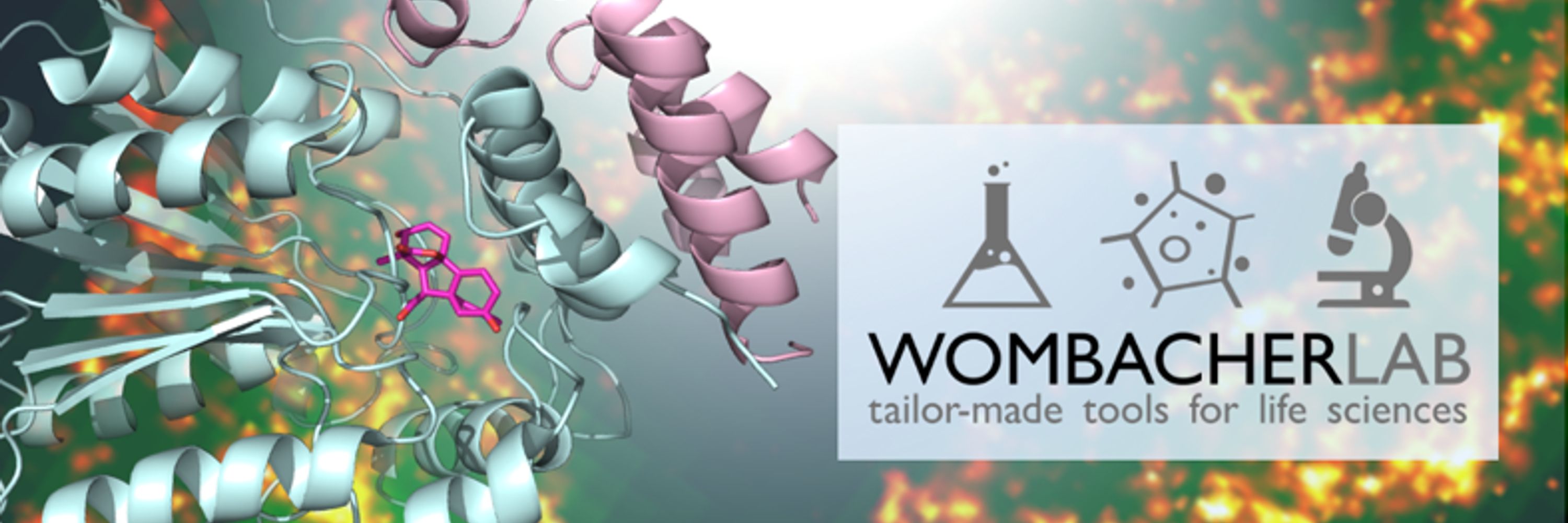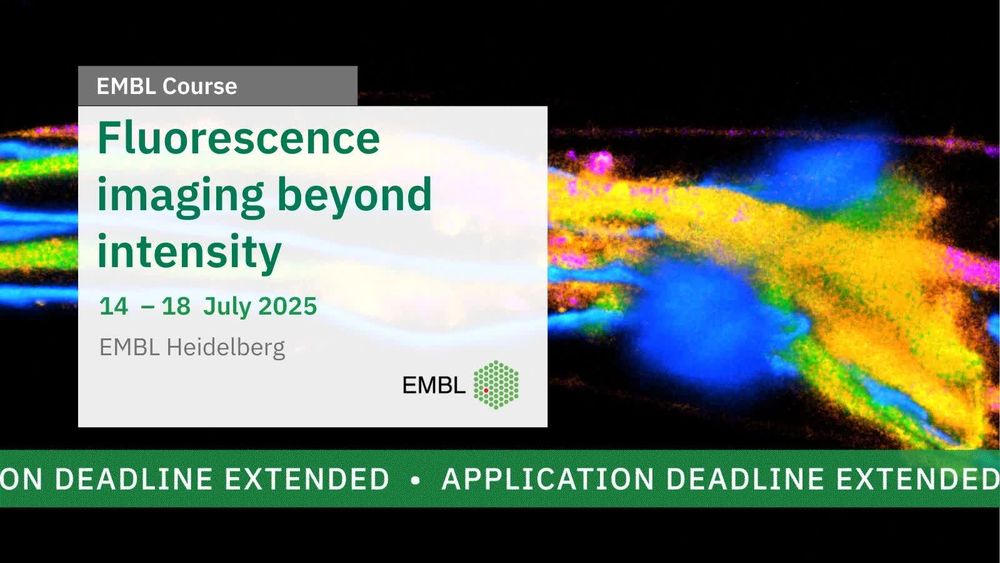Dual SLIPT–A Lipid Mimic to Enable Spatiotemporally Defined, Sequential Protein Dimerization
Spatiotemporal control of proteins is crucial for cellular phenomena such as signal integration, propagation, as well as managing crosstalk. In membrane-associated signaling, this regulation is often enabled by lipids, wherein highly dynamic, sequential recruitment of interacting proteins is key to successful signaling. Here, we present dual SLIPT (self-localizing ligand-induced protein translocation), a lipid-analog tool, capable of emulating this lipid-mediated sequential recruitment of any two proteins of interest. Dual SLIPT self-localizes to the inner leaflet of the plasma membrane (PM). There, dual SLIPT presents trimethoprim (TMP) and HaloTag ligand (HTL) to cytosolic proteins of interest (POIs), whereupon POIs fused to the protein tags iK6eDHFR, or to HOB are recruited. A systematic extension of the linkers connecting the two mutually orthogonal headgroups was implemented to overcome the steric clash between the recruited POIs. Using Förster resonance energy transfer (FRET), we verify that the resulting probe is capable of simultaneous binding of both proteins of interest, as well as their dimerization. Dual SLIPT was found to be particularly suitable for use in physiologically relevant concentrations, such as recruitment via tightly regulated, transient lipid species. We further expanded dual SLIPT to the photocontrollable dual SLIPTNVOC, by introducing a photocaging group onto the TMP moiety. Dual SLIPTNVOC enables sequential and spatiotemporally defined dimerization upon blue light irradiation. Thus, dual SLIPTNVOC serves as a close mimic of physiology, enabling interrogation of dynamic cytosol-to-plasma membrane recruitment events and their impact on signaling.




